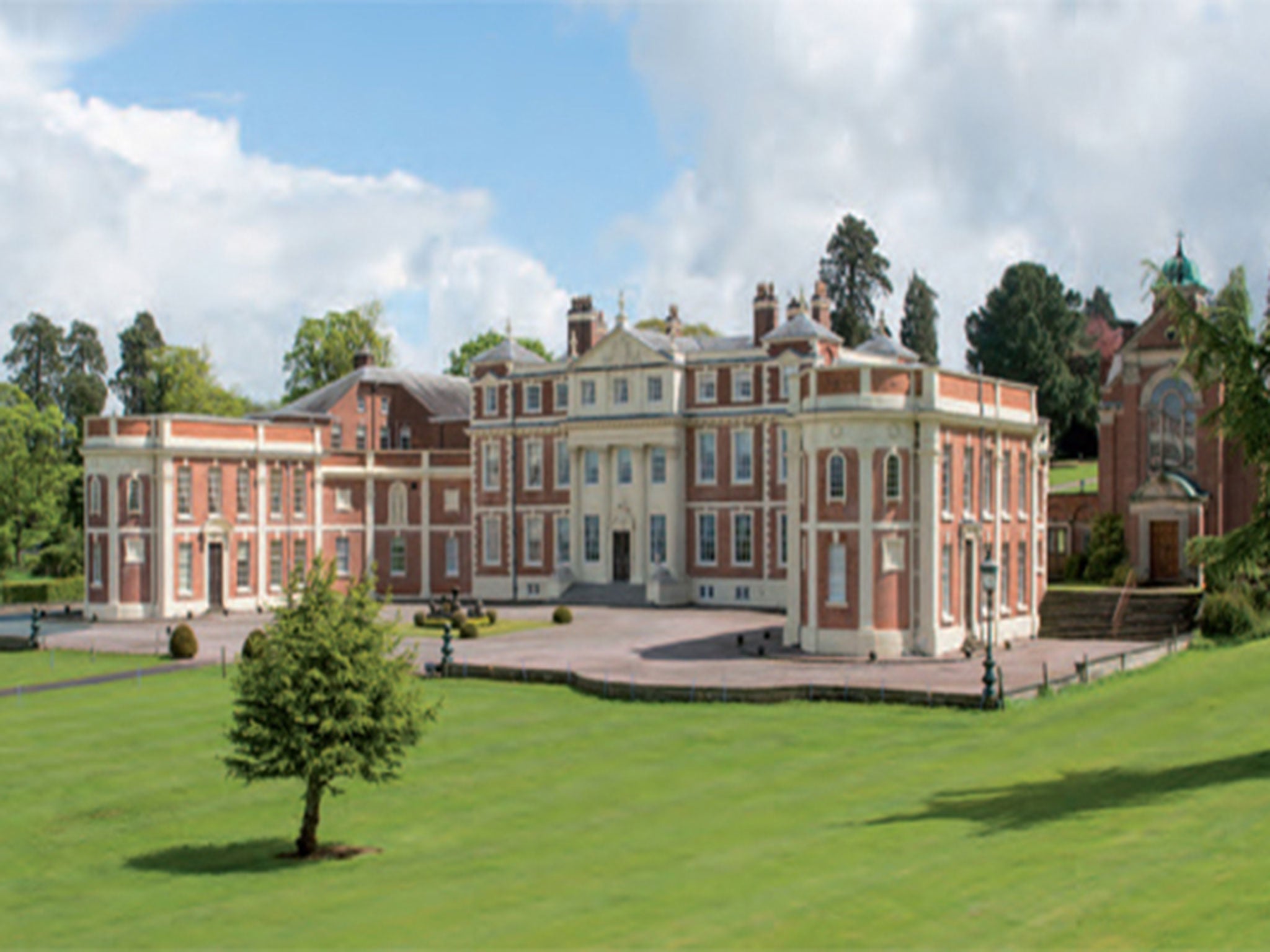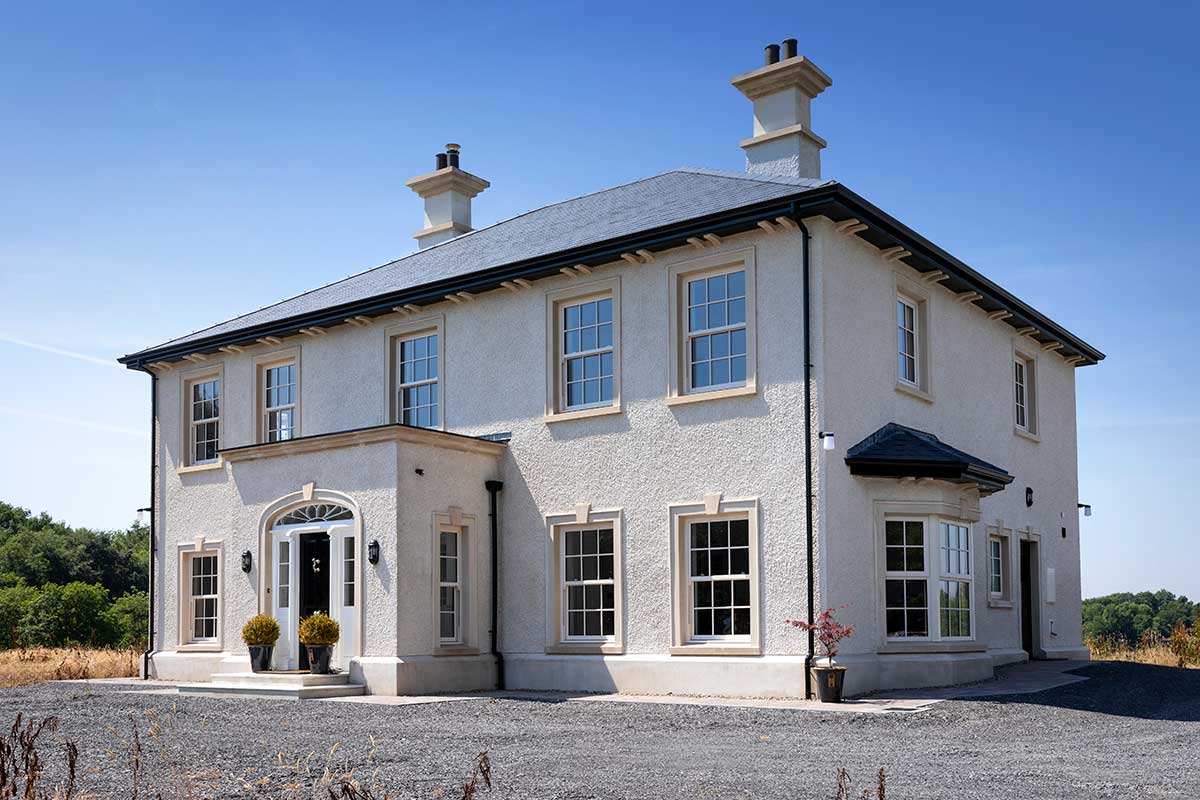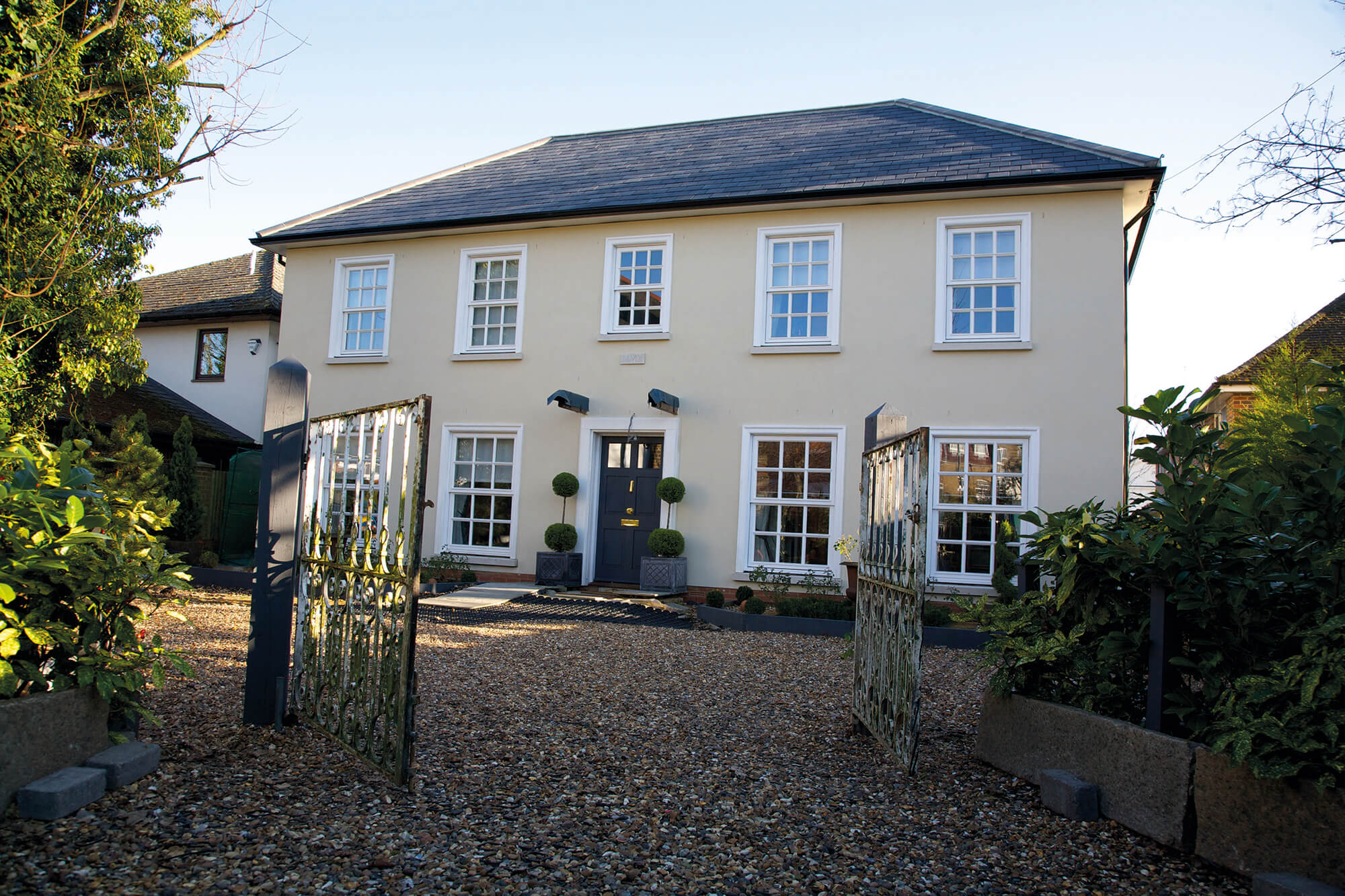Table Of Content

Finding the part-Georgian, part-Victorian house was like getting two homes for the price of one. These will include a master bedroom suite (consisting of the bed-chamber, master bath, and master closet(s)/dressing room(s)), the other family bedrooms, and sometimes a guest bedroom. Some Georgian ceilings have applied plaster moldings, beams, or coffers as well.
Top Plans By State
The front door is usually flanked by pilasters, and can be ornamented with cornices, dentil or ogee molding, and pediments. All houses except the poorest had basements containing a kitchen, scullery and other stores such as a pantry and larder. It’s a shame there aren’t any examples remaining here, but in some London streets you can still find in the pavement circular cast-iron coal hole covers. This was so that coal could be delivered directly to the coal store without having to traipse it through the house.

Irreplaceable: A History of England in 100 Places - Faith & Belief
Modern AV and security systems require extensive networks of wires, sensors, and control devices. Layered on top of this is a domestic electrical grid to power and control almost all the systems in today’s homes. Incorporating all this seamlessly into the home so that everything works seamlessly and conveniently and is visually minimally intrusive involves a great deal of forethought and planning.
Lord Mountbatten announces major plan for Grade I listed Georgian house on country estate - The Mirror
Lord Mountbatten announces major plan for Grade I listed Georgian house on country estate.
Posted: Thu, 04 Apr 2024 07:00:00 GMT [source]
Elements of Georgian Architecture
Colonial architecture emerged under colonial rule in the United States in the 1600s and 1700s, while the Georgian and late Georgian period came from 1714 to 1830, and 1830 to 1837, respectively. Victorian architecture came just after, constructed during the reign of Queen Victoria over the United Kingdom from 1837 to 1901. Neo-Georgian houses, also known as Colonial Revival houses, can be found across the US,' says Christina. It was completed in 1735 and was home to Britain’s first prime minister, Robert Walpole.
The diminutive structure quickly became well-known, serving as a typical model for Georgian houses, villas, and plantation homes in the colonies of the States. It was designed by Roger Morris who collaborated with the 9th Earl of Pembroke, Henry Herbert, who had himself based the look of the building on the Villa Cornaro which is situated in Piombino Dese in Italy. They get the elegance of historical Georgian buildings plus the comfort we want today. Australian heritage is important too, so these houses often use local styles as well. The enduring appeal of Georgian architecture continues to influence modern design, with a resurgence seen in Australian style homes that embrace traditional craftsmanship alongside new technologies.
'Highly desirable' farmland with Georgian house comes to the market - Agriland.co.uk - Agriland.co.uk
'Highly desirable' farmland with Georgian house comes to the market - Agriland.co.uk.
Posted: Tue, 06 Feb 2024 08:00:00 GMT [source]
Georgian architects use glazing bars to achieve an illusion of smaller panes in the upper and lower sash. The archetypal Georgian church is St Martin-in-the-Fields in London (1720), by Gibbs, who boldly added to the classical temple façade at the west end a large steeple on top of a tower, set back slightly from the main frontage. This formula shocked purists and foreigners, but became accepted and was very widely emulated, at home and in the colonies,[36] for example at St Andrew's Church, Chennai in India. Wooden furniture with the claw and ball foot were all the rage during this style’s era and many Georgian homes were outfitted with locally sourced wooden furnishings, such as those offered by the growing Chippendale company. While authentic Georgian furniture is understandably expensive, there are plenty of commercially produced options available for almost any budget. Instead, the door of a Georgian home is simple but paneled with a transom window above it.
Sash windows with internal shutters.
For example, simple but patterned wallpaper, dishes, vases, and furnishings that embrace the beauty and care of Puritan craftsmanship that are gorgeous but not over-the-top. Again, brick is the number one material used to create Georgian houses around the world. Cared for by the National Trust for Scotland.Discover this grand 18th-century town house that was at the heart of Edinburgh’s New Town development. Admire the stunning collections of period furniture, paintings, porcelain, silver and glass, and gain a fascinating insight into both the upstairs and downstairs elements of 18th-century society.
plans found!

He’s gone all out with Roman Doric pilasters, triglyphs and rosettes in the friezes and, projecting cornices. Number 68 was to be his own home so he may have wanted a bit more wow than he did on Meard Street. A yellow brick was cheaper than a red brick, but both were inferior to the super fancy crimson brick (technical-types call it a “rubbing-brick”).
Emerged in the 18th century, it features distinct characteristics such as sash windows aligned in horizontal bands, hip roofs, stucco facades, and classical details often influenced by the ancient Greek orders. Colonial architecture includes styles characterized by simple, traditional design with minimal embellishments. Georgian and late Georgian architecture, which are a style of Colonial architecture, are characterized by generously proportioned rooms in three-story residences where servants would live on the smaller third floor. Victorian architecture is marked by its unapologetic devotion to ornament and flourish and its ornate maximalist interior design. In addition to being used in a variety of housing types, Georgian architecture was a popular style for churches and public buildings.
Formal rooms such as the entry foyers, living room, dining room, serving pantries, libraries, studies, and formal powder rooms have changed the least. They are generally located in a prominent central location close to the entry hall and main staircase and to each other. A new sunroom (left) and drawing room (right) in a CHA-designed renovation and addition to an American Brick Georgian. The sunroom features archtop doors that lead out to the estate’s gardens and are enframed with a latticed frieze and pilasters evoking a feeling of a garden room that is as much outdoors as in.
Frances Greenway designed this three-story Georgian building with a capacity to host up to 1400 convicts. This exemplary example of Georgian architecture in Australia is today a museum registered on the UNESCO World Heritage Sites list. Earlier buildings had large windows consisting of six or eight small panes of glass. Having six or eight panes in the top sash and the same number in the lower sash was a popular style.
No comments:
Post a Comment